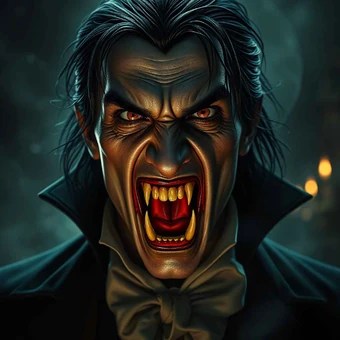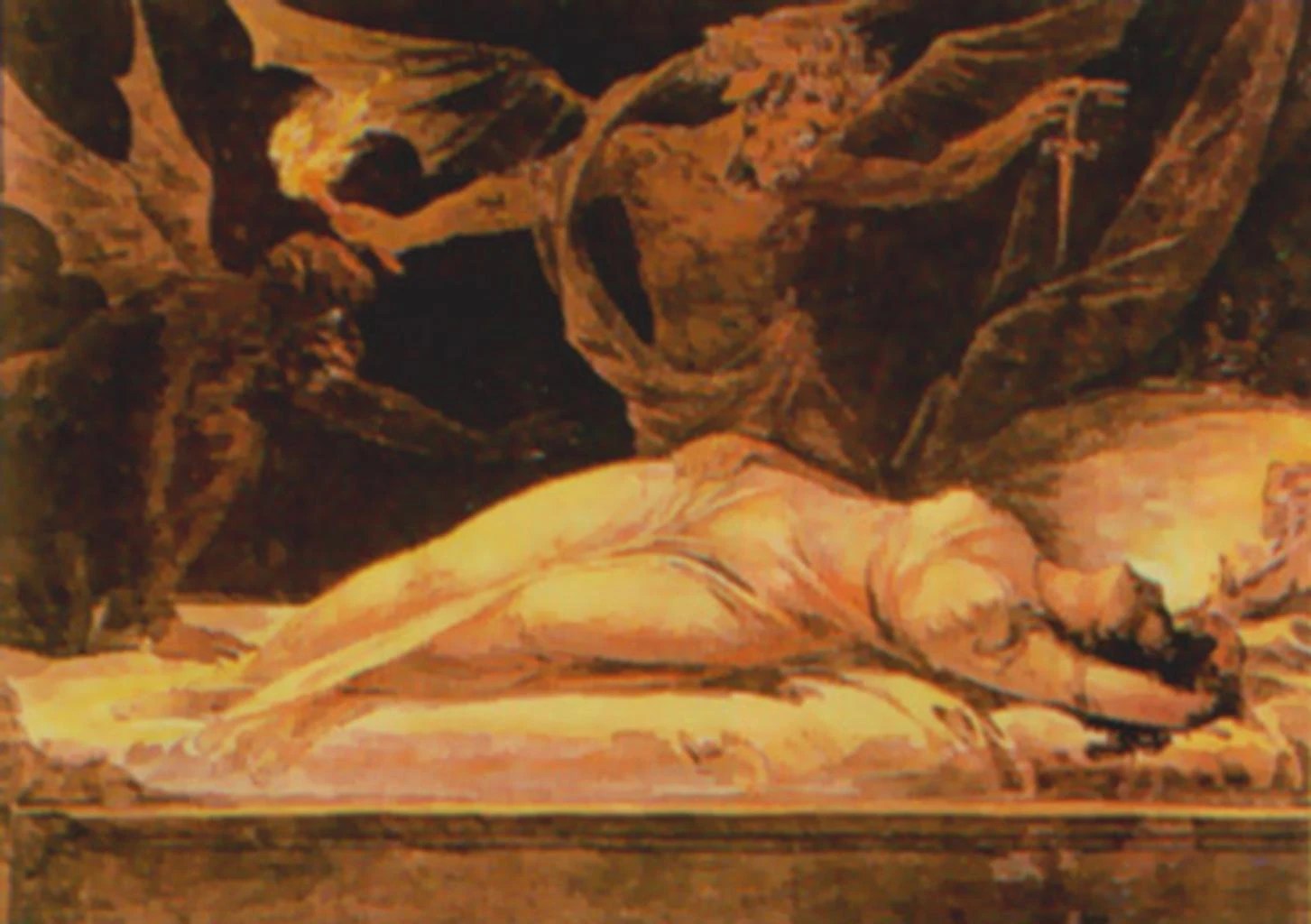53 Folklore Vampires Legends

Considering vampire folklore there are lots of different vampire myths about the origin of vampires.
Folklore vampires legends. In european folklore vampires are undead creatures that often visited loved ones and caused mischief or deaths in the neighborhoods they inhabited while they were alive. Hebrew mythology gives us the story of lilith and the estries. Before that time many ancient cultures had their version of blood sucking spirit who possessed a deceased human body with many unique forms and traits that varied depending on the region environment religious beliefs and folklore. Legends and myths of vampires existed long ago before the word vampire itself started being used. He was bags of blood with red glowing eyes and instead of a nose had a sharp snout that he sucked blood with. The vampire by philip burne jones 1897 a vampire is a creature from folklore that subsists by feeding on the vital essence generally in the form of blood of the living. The legend of the vampires of the plague during the 16th century it was believed that vampires fed off the bodies of plague victims and that female vampires spread the plague.
Vampyre vampire also spelled vampyre in popular legend a creature often fanged that preys upon humans generally by consuming their blood. Dracula s origins are mysterious even after reading the novel. Vampires have been featured in folklore and fiction of various cultures for hundreds of years predominantly in europe although belief in them has waned in modern times. The first appearance of the vampire in fiction was dracula. Almost all other vampire history is based loosely or otherwise on this story. Two of the most notable versions can be found in hebrew and greek mythology. If he could survive for 40 days he would then develop bones and a body and become much more dangerous and difficult to kill.
One of the best known legends is that of the pied piper a mysterious character that is related to saxon s arrival in transylvania. The story starts in the village of hamelin where a rat invasion brought terror among the inhabitants. Despite the occurrence of vampire like creatures in these ancient civilizations the folklore for the entity we know today as the vampire originates almost exclusively from early 18th century southeastern europe particularly transylvania as verbal traditions of many eth. Cultures such as the mesopotamians hebrews ancient greeks and romans had tales of demonic entities and blood drinking spirits which are considered precursors to modern vampires.





































































%2C445%2C291%2C400%2C400%2Carial%2C12%2C4%2C0%2C0%2C5_SCLZZZZZZZ_.jpg)




















%2C445%2C291%2C400%2C400%2Carial%2C12%2C4%2C0%2C0%2C5_SCLZZZZZZZ_.jpg)





